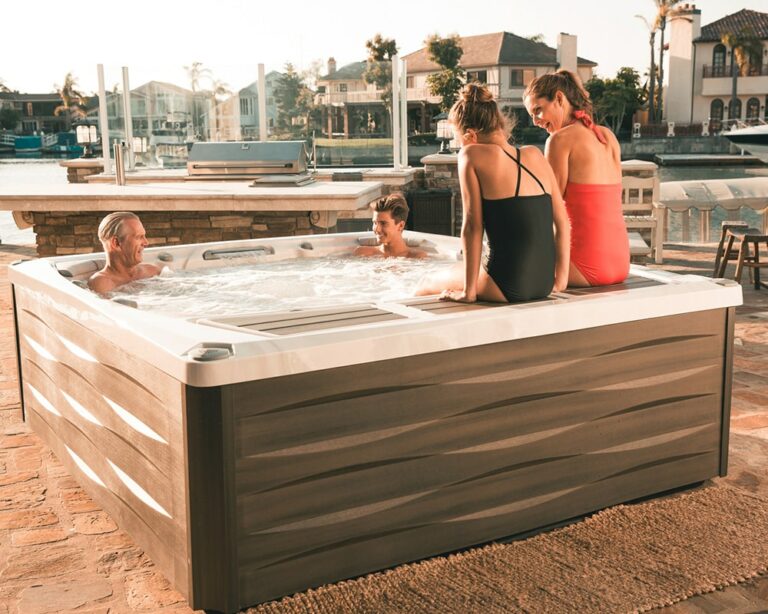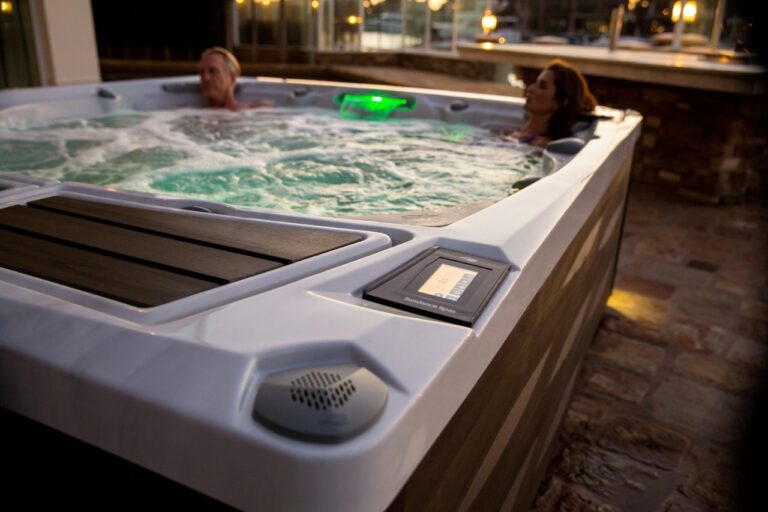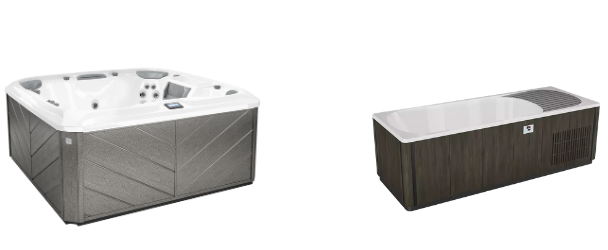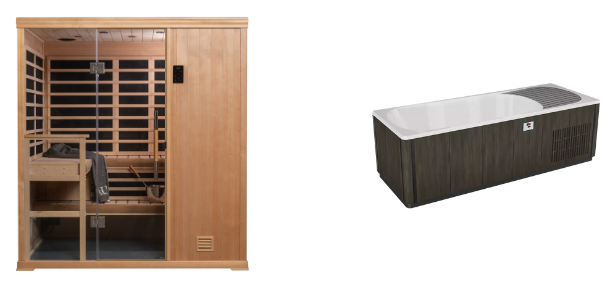Saunas have been around for centuries and have been known to provide numerous health benefits. They can be found in various forms, including traditional saunas, infrasaunas, and infrared saunas. However, there are often many questions surrounding these types of saunas. In this blog post, we will answer some of the most frequently asked questions about saunas.
Q: What is a traditional sauna?
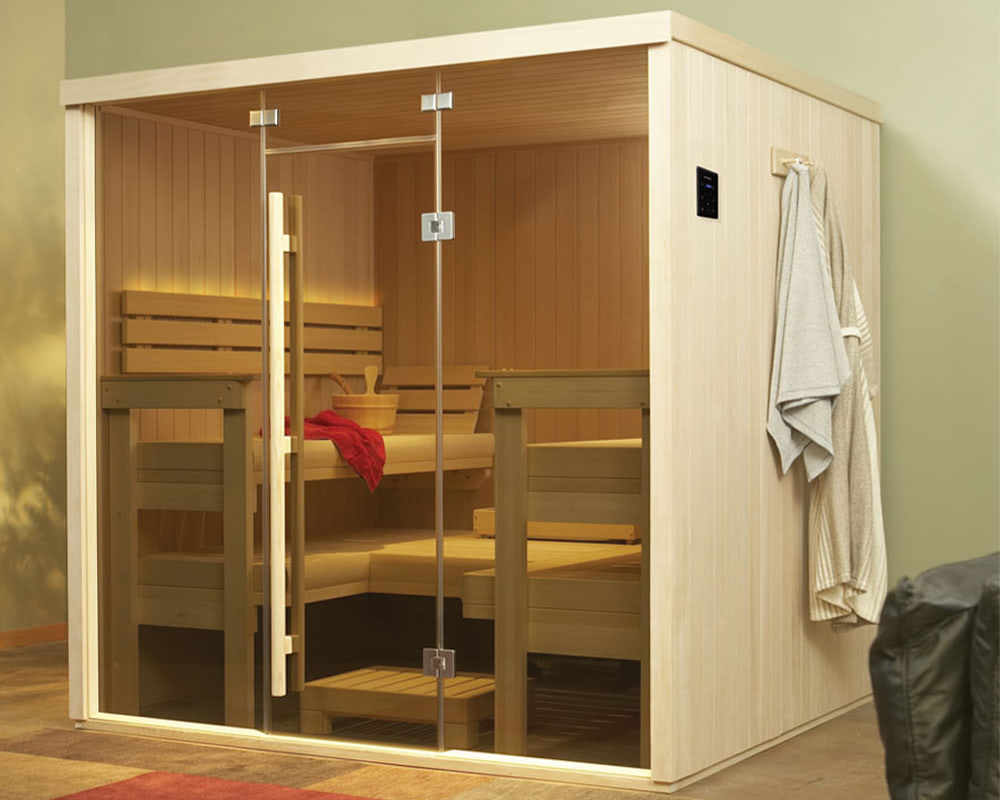
A: A traditional sauna is a room made of wood that is heated with a stove, typically using rocks. Water is poured over the rocks to create steam, which raises the temperature in the room. This type of sauna uses high heat and low humidity to help relax the body, open pores, and provide numerous health benefits.
Q: What is an infrared sauna?
A: An infrared sauna is a type of sauna that uses infrared light to heat the body directly. This type of sauna uses lower temperatures than traditional saunas, and the heat penetrates deeper into the skin. Infrared saunas are known to provide numerous health benefits, including improved circulation, pain relief, and relaxation.
Q: What is the difference between a traditional sauna and an infrared sauna?
A: The primary difference between a traditional sauna and an infrared sauna is the way they heat the body. Traditional saunas heat the air, which then heats the body, while infrared saunas use infrared light to heat the body directly. Traditional saunas also typically use higher temperatures and lower humidity than infrared saunas.
Q: Are traditional saunas hotter than infrared saunas?
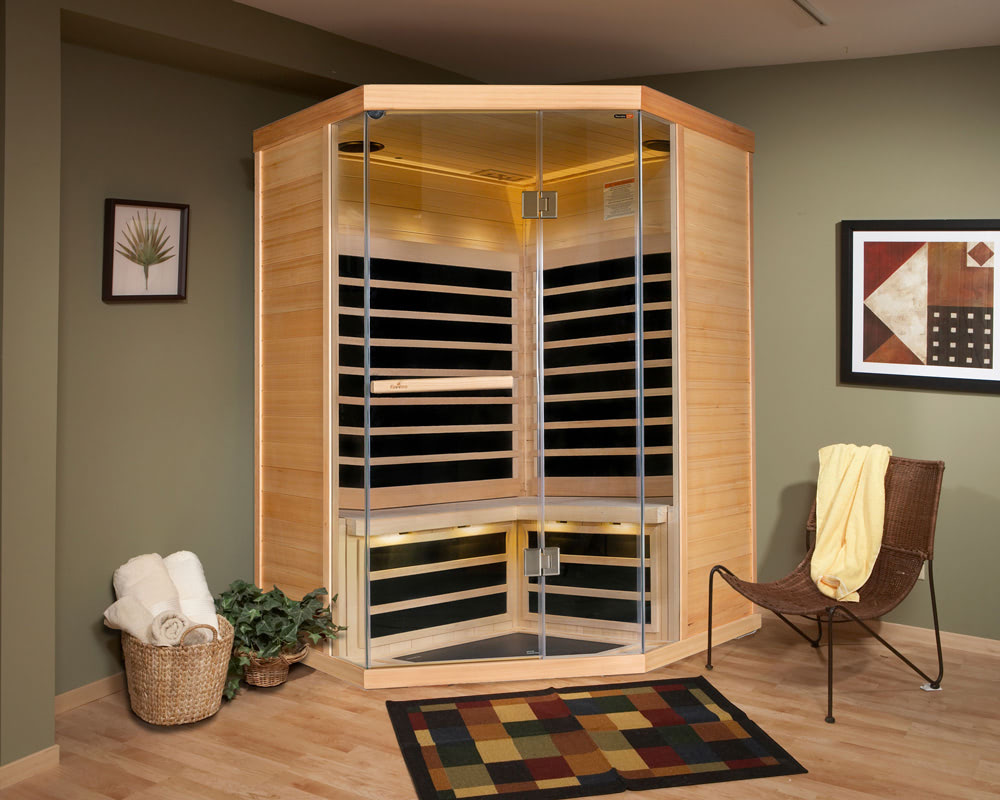
A: Yes, traditional saunas typically use higher temperatures than infrared saunas. Traditional saunas can reach temperatures of up to 195 degrees Fahrenheit, while infrared saunas typically reach temperatures of 120 to 150 degrees Fahrenheit.
Q: What are the health benefits of using an infrared sauna?
A: Infrared saunas have numerous health benefits, including improved circulation, detoxification, relaxation, and pain relief. The heat generated by the sauna can also help alleviate symptoms of arthritis, reduce stress and anxiety, and boost the immune system.
Q: How hot do infrared saunas get?
A: Infrared saunas typically range in temperature from 120 to 150 degrees Fahrenheit. However, since the heat is generated by infrared light, it feels less intense than a traditional sauna, which can reach temperatures of up to 200 degrees Fahrenheit.
Q: How long should I stay in a sauna?
A: The length of time you should spend in a sauna depends on your personal preference and tolerance. It is recommended that you start with shorter sessions of 10-15 minutes and gradually increase the time as you become more accustomed to the heat.
Q: Can I use a sauna if I have health issues?
A: If you have any health concerns, it is always best to consult with your healthcare provider before using a sauna. However, for most people, saunas can be a safe and effective way to improve overall health and well-being.
Q: Can I use a sauna if I am pregnant?
A: It is not recommended that pregnant women use saunas, as the high heat can be harmful to the developing fetus.
Q: Can children use saunas?
A: Children can use saunas, but they should always be supervised by an adult. It is recommended that children spend shorter periods in the sauna and avoid high temperatures.
Both traditional saunas and infrared saunas offer numerous health benefits, including relaxation, improved circulation, and pain relief. However, it is important to understand the differences between the two and how they affect your body. Always consult with your healthcare provider before using a sauna, especially if you have any health concerns.
New England Spas offers a variety of sauna options, including both traditional and infrared saunas, to fit your needs. Contact us today to learn more about how you can improve your health and well-being with a sauna!


